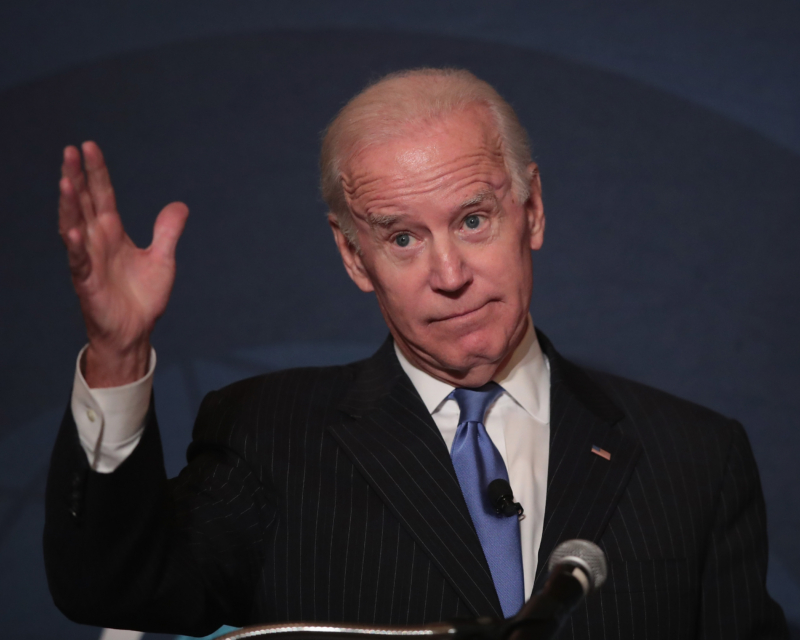Biden Unveils New SAVE Plan for Student Debt Relief Following Supreme Court Setback
President Biden’s administration is making a renewed push to address the student debt crisis with the official launch of the Student Aid and Vocational Education (SAVE) plan on Tuesday. This initiative marks the latest effort to provide relief to borrowers burdened by student loans after Biden’s broader debt relief plan faced a setback in the Supreme Court.
Flanked by Education Secretary Miguel Cardona and other key members of his administration, President Biden announced the SAVE plan on Tuesday. Designed to alleviate the financial strain on borrowers, the plan introduces several key provisions aimed at making student loan repayment more manageable.
Under the SAVE plan, borrowers earning around $15 an hour or less will be exempt from making payments altogether. For individuals earning more than this threshold, the new income-driven repayment structure will reportedly save them a minimum of $1,000 annually compared to existing repayment plans.
In a recorded video released by the White House, President Biden emphasized the plan’s benefits, stating, “As long as you pay what you owe under this plan, you’ll no longer see your loan balance grow because of unpaid interest. Under the SAVE Plan, monthly payments are based on your income, not your student loan balance.”
Education Secretary Miguel Cardona hailed the SAVE plan as a significant advancement in President Biden’s ongoing efforts to repair the student loan system, alleviate the financial burden on families, and prioritize the well-being of borrowers.
White House domestic policy adviser Neera Tanden characterized the plan as a “game changer for millions of Americans.” However, the program has faced criticism for its projected cost to taxpayers. The non-partisan Committee for a Responsible Federal Budget estimates that the new repayment options will incur expenses exceeding $276 billion.
President Biden’s journey to address the student debt crisis has been met with numerous hurdles in recent months. His original proposal, which had the potential to cost over $400 billion, was struck down by the Supreme Court. Subsequent attempts also encountered resistance in the courts.
In July, Biden introduced a scaled-down version of his plan, which was projected to require around $39 billion in taxpayer funds. His administration had initially sought to utilize the HEROES Act, a federal statute, to enact the original plan. However, the Supreme Court ruled against this approach, asserting that the Secretary of Education’s authority to “modify” statutes and regulations only encompassed modest adjustments, not transformative changes.
As the SAVE plan is rolled out, its impact on borrowers and the broader economy remains to be seen. It underscores the ongoing challenges of addressing the student debt crisis within the legal and financial constraints of the existing system.






